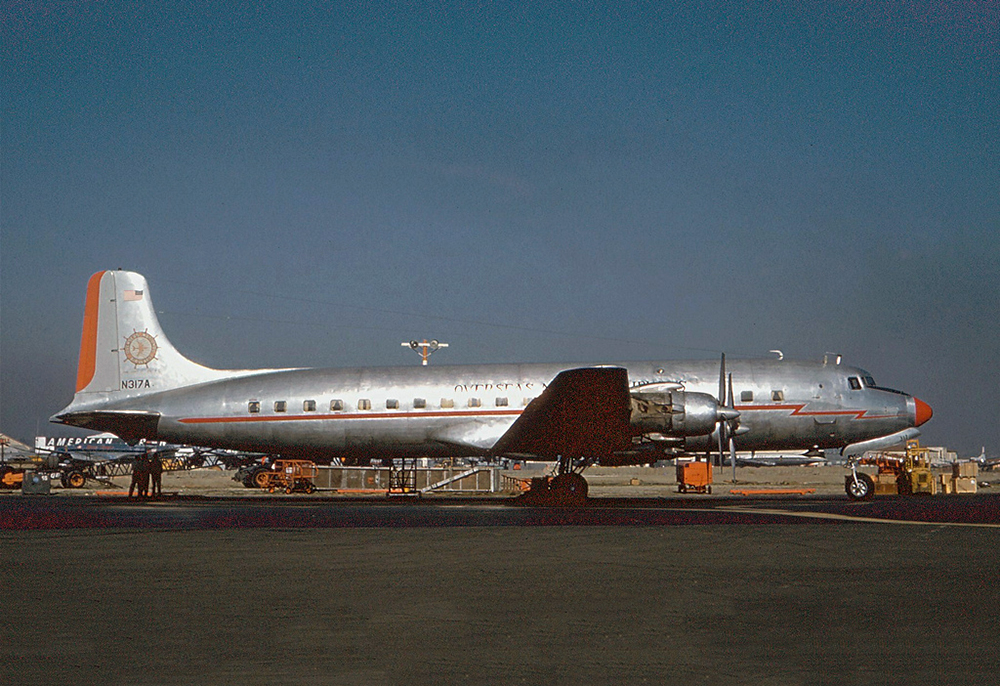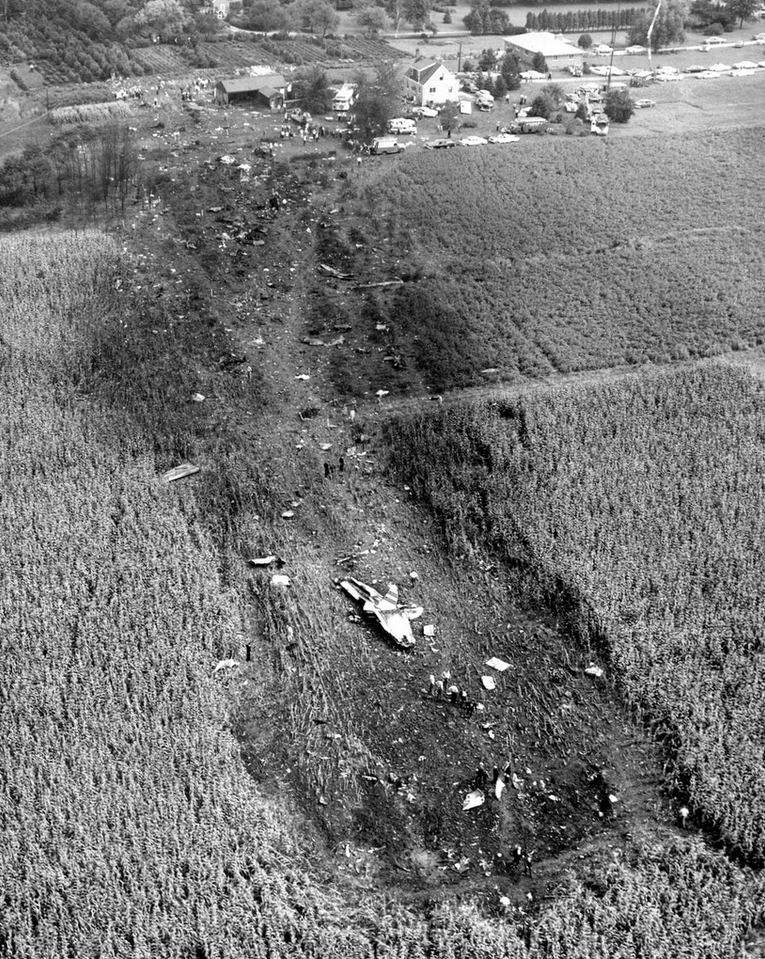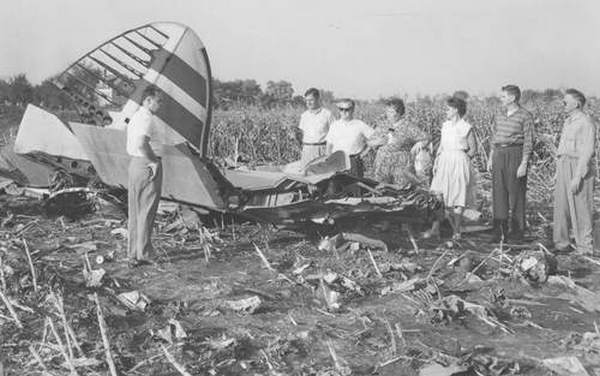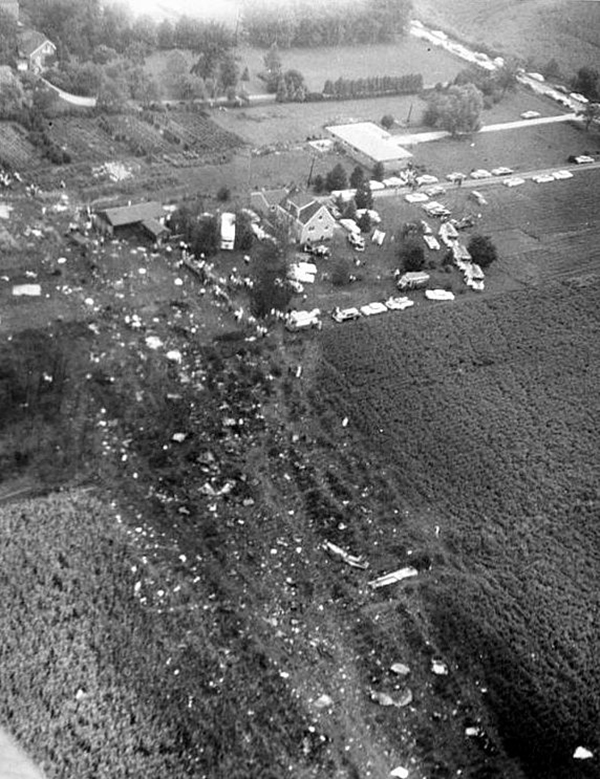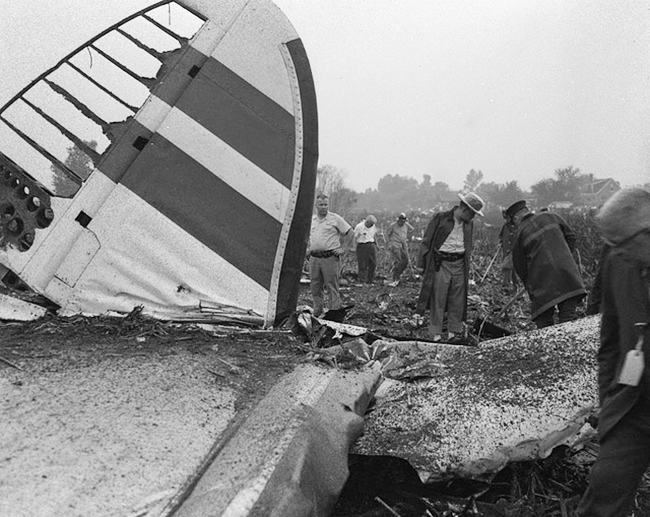Crash of a Douglas DC-7 at Chambers Field NAS
Date & Time:
Sep 26, 1961
Registration:
N317A
Survivors:
Yes
Schedule:
New York - Norfolk
MSN:
44138
YOM:
1954
Crew on board:
5
Crew fatalities:
Pax on board:
0
Pax fatalities:
Other fatalities:
Total fatalities:
0
Circumstances:
The crew was performing a positioning flight from New York to Chambers Field NAS at Norfolk to pick up troops on behalf of the US Army. On approach, the primary hydraulic system failed. Nevertheless, the crew was able to continue the approach and the aircraft touched down 275 feet past the runway threshold. After a course of 1,400 feet, the airplane veered off runway to the left and struck an embankment before coming to rest. All five crew members were uninjured while the aircraft was damaged beyond repair.
Probable cause:
Loss of directional control during the landing roll caused by improper use of propeller reversing and braking. The following factors contributed to the accident:
- The captain's inadequate familiarity with the aircraft systems and procedures under normal system hydraulic failure,
- Failure of the hydraulic system for an undetermined reason.
- The captain's inadequate familiarity with the aircraft systems and procedures under normal system hydraulic failure,
- Failure of the hydraulic system for an undetermined reason.
